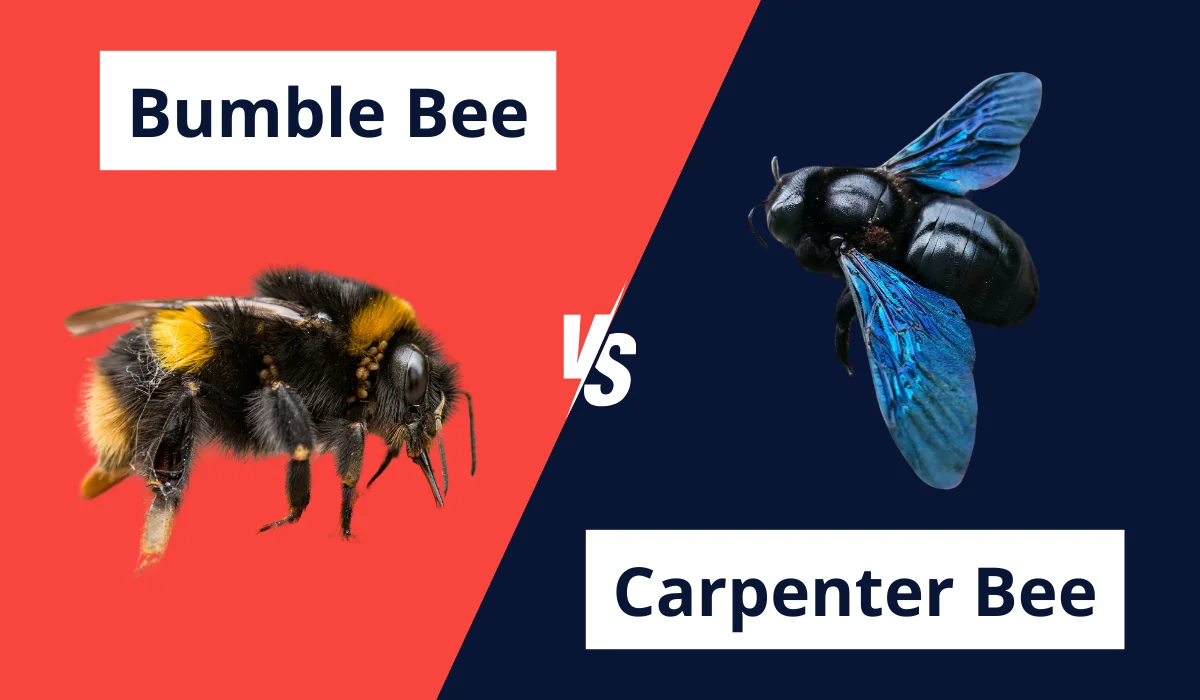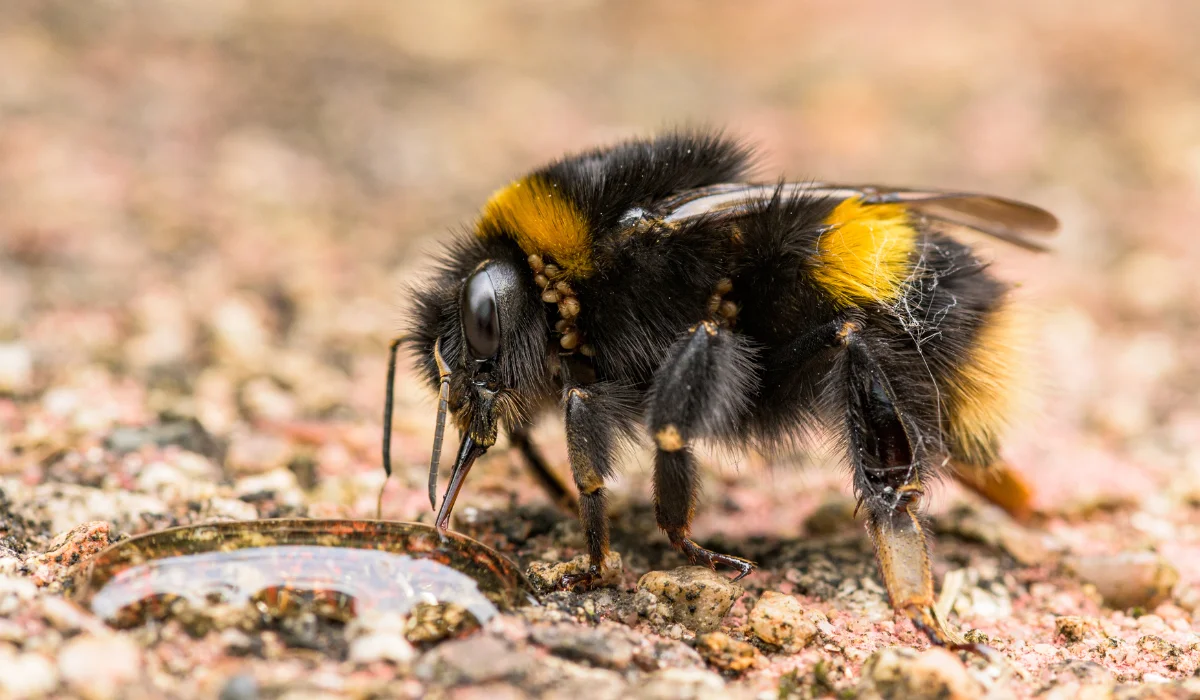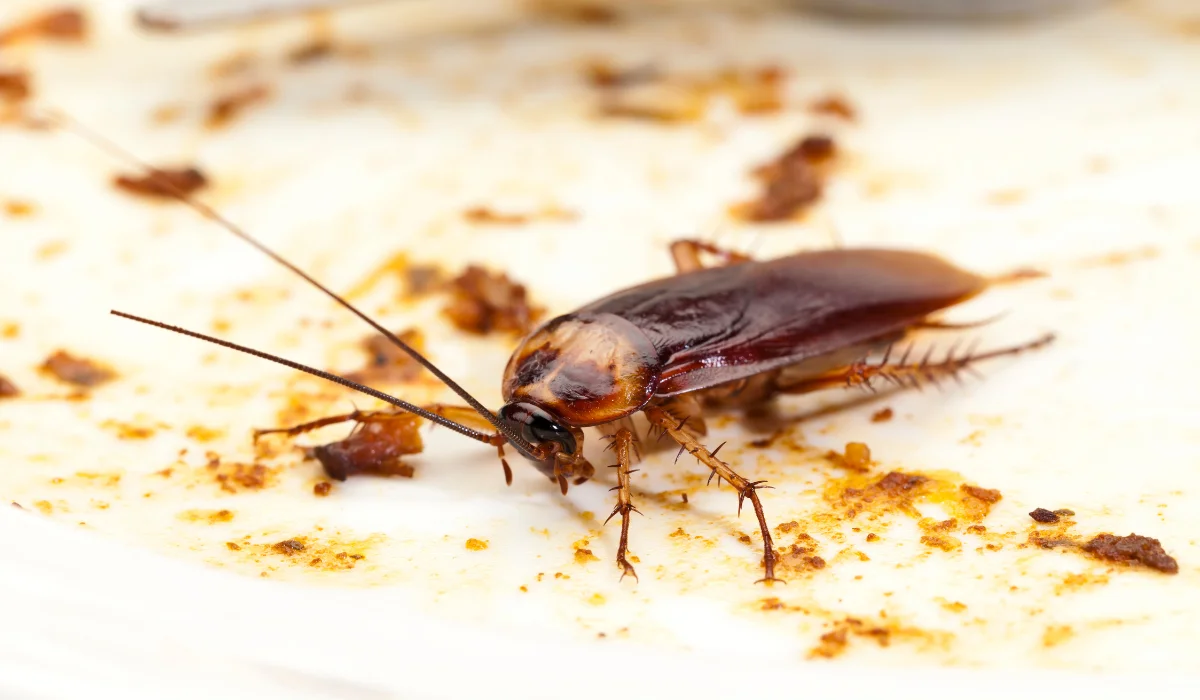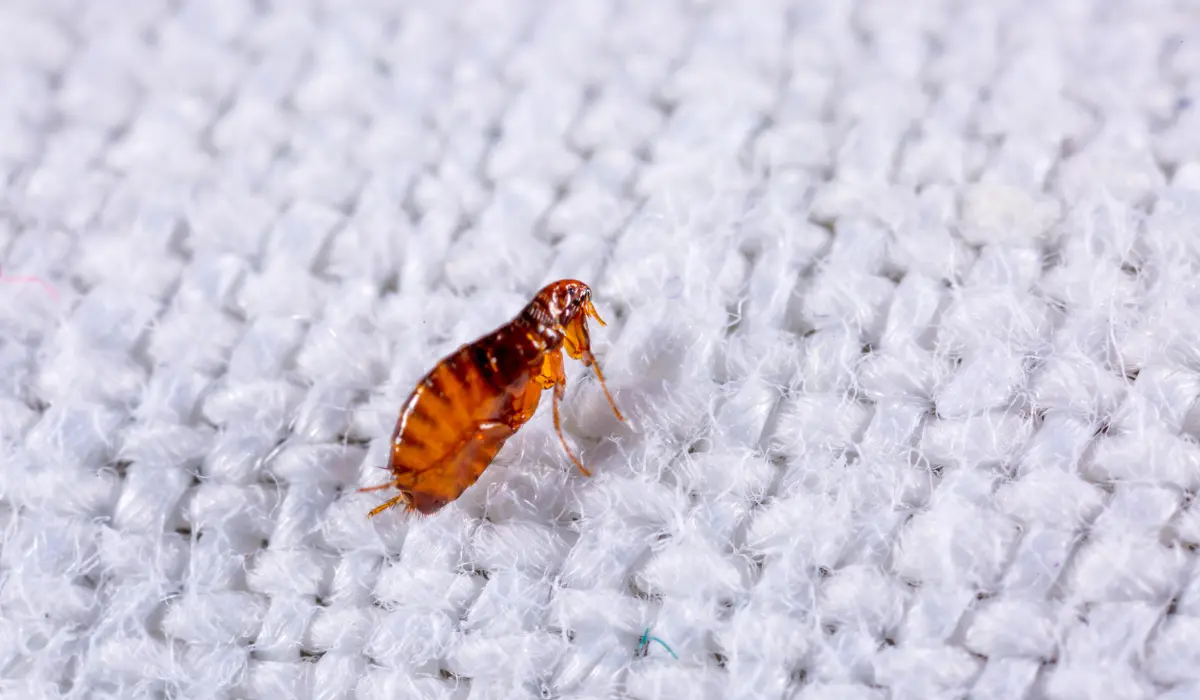Ever wondered about the difference between bumble bees and carpenter bees? While both are important pollinators, bumble bees have a fuzzy appearance and live in colonies, whereas carpenter bees are solitary and known for drilling holes in wood. Keep reading to find out more about the buzzing world of these bees.
Key Takeaways
- Bumble bees live in colonies with 50 to 500 individuals and usually nest in abandoned rodent burrows.
- Carpenter bees are solitary and nest in wood, which can cause damage to homes, but they are also helpful pollinators.
- Carpenter bees have shiny abdomens, while bumble bees are hairy and live in colonies.
- Calling a professional is a good idea if bumble bees are aggressive or carpenter bees are damaging wood.
CARPENTER BEES VS BUMBLEBEES: KEY DIFFERENCES

Carpenter bees and bumble bees look similar but have striking differences in appearance, nesting habits, and behavior. Knowing what sets them apart can be helpful for bee removal.
Physical Features
Carpenter bees and bumblebees have distinct appearances. Here’s how to distinguish these two bee species:
| Physical Features | Carpenter Bee | Bumble Bee |
|---|---|---|
| Appearance | Shiny black or yellow, minimal hair | Furry, often black with yellow bands |
| Body Size | Large, often solitary | Round, plump, and social |
| Stinger | Females can sting, males cannot | Females can sting, males cannot |
Nesting Habits
About their nesting habits, carpenter and bumble bees exhibit distinct preferences based on their behaviors and social structures. Here’s how these bees differ:
| Nesting Types | Carpenter Bee | Bumble Bee |
|---|---|---|
| Typical Location | Wooden structures like eaves or decks | Abandoned burrows, ground nests |
| Social Structure | Mostly Solitary | Highly social, communal organization |
Behavior
Both types of bees contribute to pollination but differ in habitat activity. Consider these behavioral contrasts between these bees:
| Behavior Aspect | Carpenter Bee | Bumble Bee |
|---|---|---|
| Colony Presence | No real colony formation | Structured colonies with roles |
| Aggression Level | Low | May defend their nests if threatened |
| Stinging Behavior | Rarely sting | Can sting, more likely to defend the nest |
ARE BEES DANGEROUS?
Bumblebees and carpenter bees can occasionally cause trouble for homeowners. While bumble bees are typically harmless, they can nest in areas like sheds or attics. If someone nearby is allergic, their presence can be alarming. These bees can sting, especially if they feel their nest is threatened.
Carpenter bees bring a different concern. They bore into wood to create nesting sites. This behavior can result in noticeable structural damage if left unchecked. They don’t consume wood like termites but can weaken wooden structures over time. A telltale sign includes piles of sawdust.
WHAT TO DO WHEN YOU SEE BUMBLE BEES OR CARPENTER BEES
Spotting bumble bees or carpenter bees buzzing around the yard can be a curious experience. Here’s how to handle these encounters:
- Determine if the bee species are just passing through or setting up a home.
- Before taking action, identify what type of bee you’re dealing with. Don’t confuse bee hives with nests of wasps or hornets.
- If bumble bees aren’t causing harm, let them be. Distance and respect help maintain harmony.
- If carpenter bees appear, check for round holes in wooden surfaces, typically half an inch in diameter. This could be a sign of significant damage.
- For bumble bee nests, consult with a local beekeeper who might safely move the hive without harm to the bees.
If a bee infestation seems likely, call a pest control service. Professionals can determine the best way to address the long-term bee problem, including removing the larvae.
SHOULD YOU CALL A PROFESSIONAL?
Deciding whether to call pest control often boils down to the level of nuisance or potential harm. For bumble bees, it’s usually allergies or aggressive behavior. When it comes to carpenter bees, extensive damage to valuable wooden structures may warrant professional help.
Whether you’re in Baton Rouge or New Orleans, or looking for Slidell bee control services, we’ve got you covered. For immediate intervention for a severe infestation, let Lajaunie’s bee control specialists tailor a solution that’s right for your home.
For more information about our services, visit our service page.
 By: LaJaunie's Pest Control
By: LaJaunie's Pest Control 



